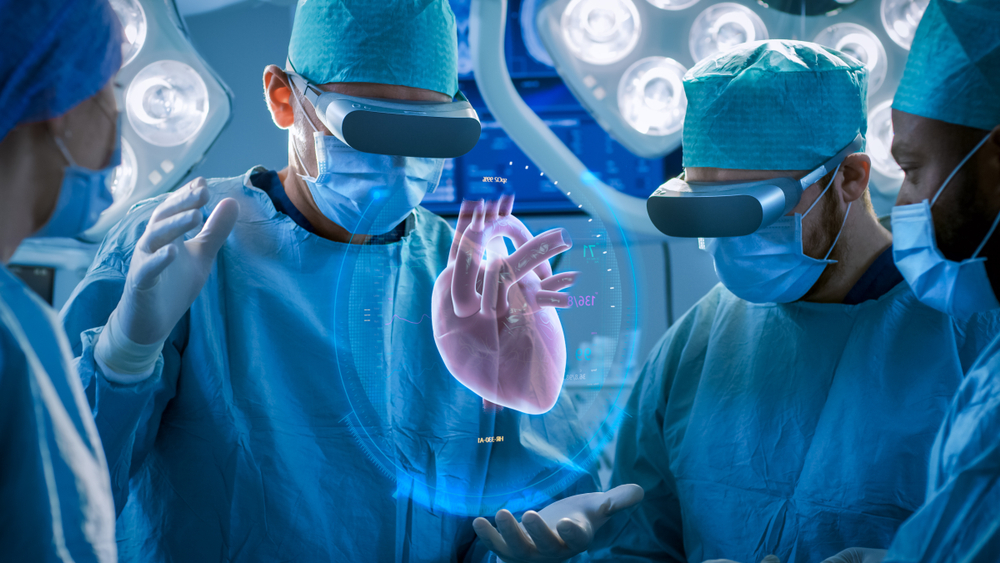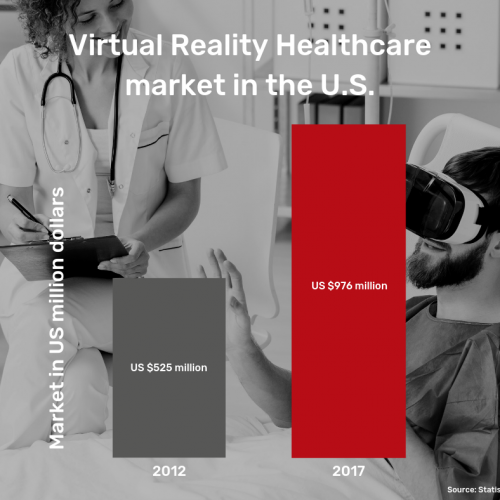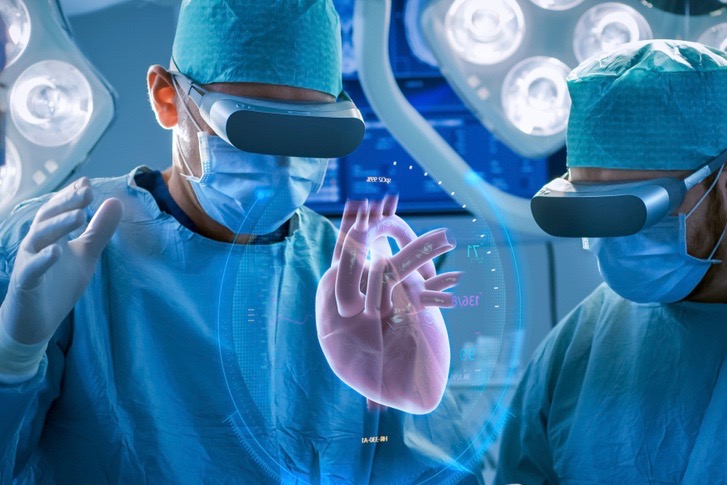Long part of the gaming scene, virtual reality is now revolutionizing physicians’ education. From tooth surgery to organ transplants, doctors can practice new treatment techniques on virtual patients.

Medical students learn from models and animals, and from people who donate their bodies to science. But during surgery on living patients, a single mistake can become life threatening. To order to practice risky scenarios, medical students are using virtual reality: With VR glasses, the students can interact without risk in a virtual reality medical situation – even from own their desks at home. In addition, VR glasses allow medical students to repeatedly view 3D models of skeletons, blood vessels and complex organs. Similarly, there are already applications where they can view these 3D images split in individual layers, similar to computer tomography. Using special gloves or controllers, budding physicians can interact with the VR images. This allows students to rotate the images, or they can immerse themselves in a virtual body and better understand the nature of bodily organs. The sense of touch can also be simulated in this way.
Future of medicine
At the Philipps University of Marburg, Germany, computer science students are currently developing a system that will enable physicians to view individual 3D scans in a VR environment. There is a special feature in this project: It is designed as a multi-user application. Multiple students will be able to view and interact with freestanding models at the same time. “In the future, this would make it easier for patients to visualize to make complex information,“ explains Dr. Andreas H. Mahnken, Professor of Radiology at the Phillipps University of Marburg and Director of the Clinic for Diagnostic and Interventional Radiology at the University Hospital in Marburg.
Virtual reality can also assist medical treatments outside of the operating room, such as in psychotherapy. In a virtual environment accessible through VR glasses, patients suffering from paranoia or anxiety could confront the triggers of their fears without actual danger; this treatment method could reduce patients’ relapse rates. Another area of application could be the treatment of phantom pain, a condition frequently occurring after limb amputations. Virtual reality could simulate a missing limb, preventing phantom pain and symptoms like sleeping disorders or restrictions in everyday life.

Precision through virtual navigation
Augmented reality could also help with surgery. As part of the 3D-Arile project, researchers have developed a new augmented reality system for lymph node removal in cancer patients. An infrared camera records affected tissue and reconstructs a 3D image of the area. During surgery, the AR system provides the doctor with markers, indicating the exact areas for removal. “The technology simplifies navigation by answering questions like: Where do I need to cut? Did I remove everything necessary?” explains Dr. Stefan Wesarg from the Fraunhofer IGD in Darmstadt, Germany. Using augmented reality, X-ray images can also serve as a visual supplement in the operating room. For example, images of the bone structure can be merged with doctor’s real field of vision and are projected onto it.
However, the advancement of technology costs time and money. The glasses are often heavy or overheat, sometimes causing dizziness after prolonged use. Still, modern medicine is already benefitting from developments out of the gaming scene: Affordable products can be adapted to medical software. And, according to a recent study by the research and consulting company IndustryARC, augmented and virtual reality technologies will generate a global market of about US 2.54 billion dollars in the healthcare sector by 2020.

